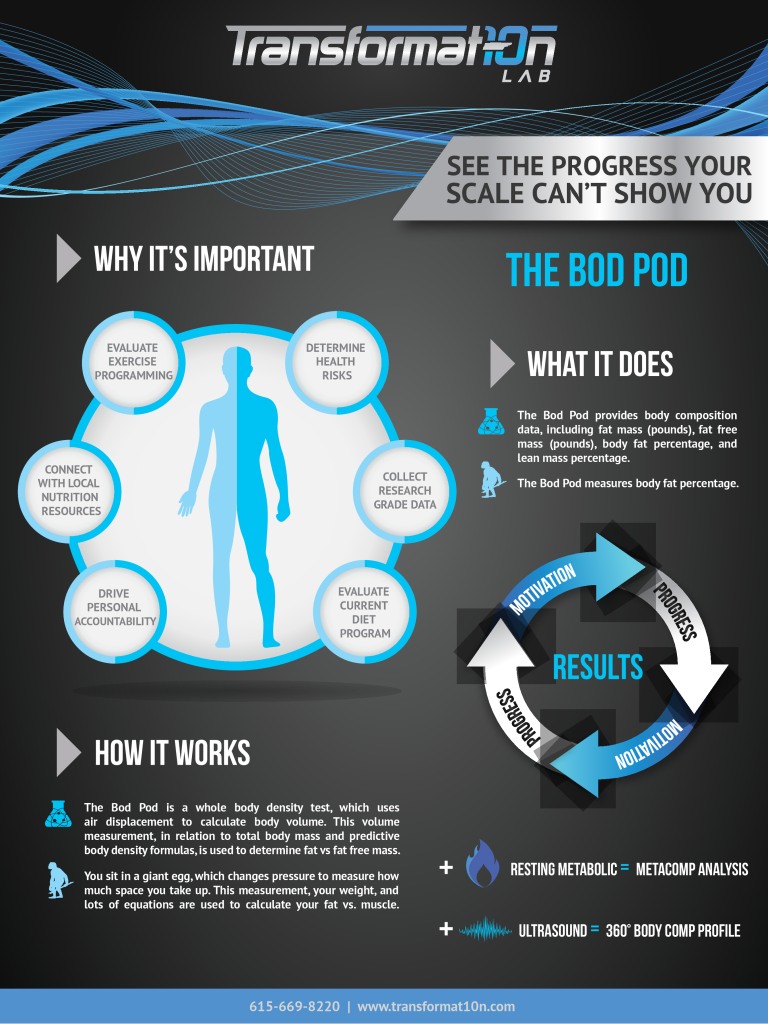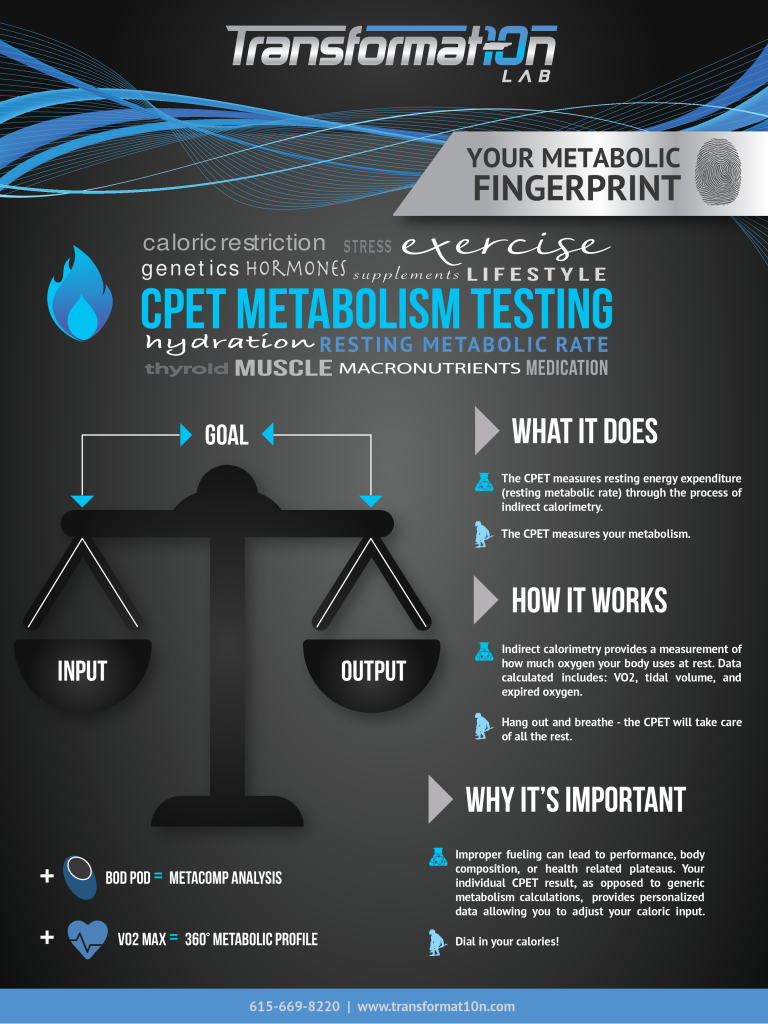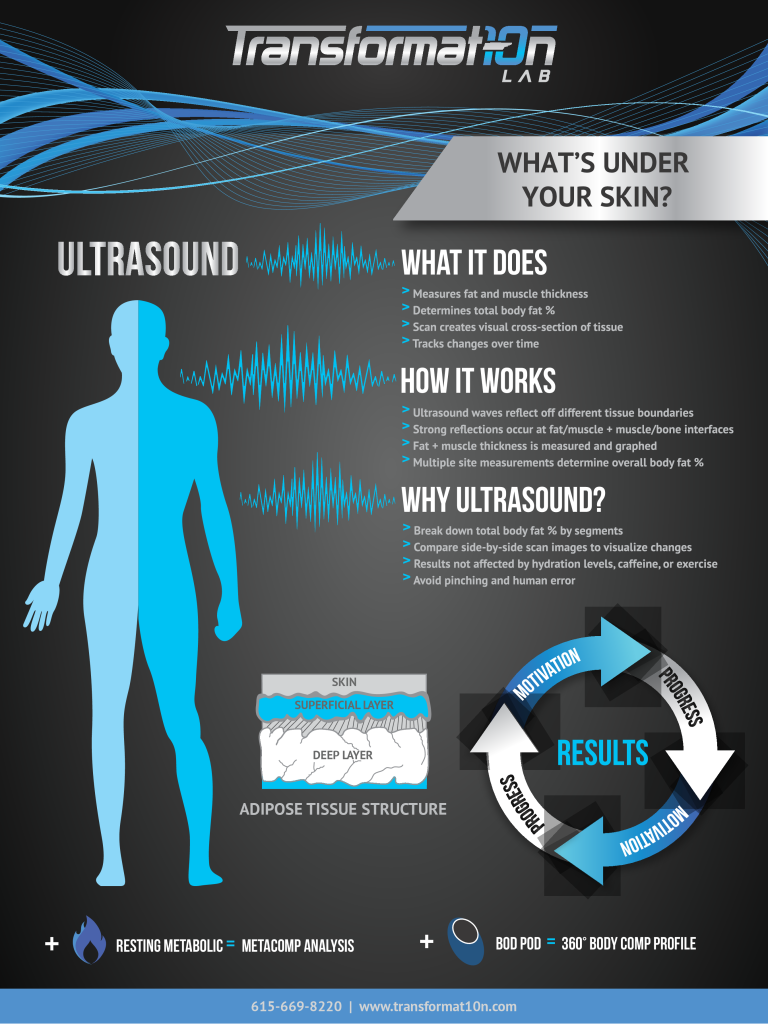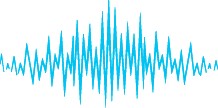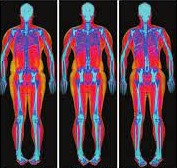Getting Close Matters
by Kurt Lockhart, CISSN, ACSM-CPT
I’m a terrible darts player. Out of my last ten full games played, I’m sporting a record of 0 wins and 10 losses. And it’s not like I’m playing seasoned professionals — one of those losses was to a five-year old who was more or less underhanding the darts to the board.
What’s frustrating about this is my horizontal accuracy is actually quite good. If the object of darts was to hit somewhere within a thin vertical line, I would win every game. However, my vertical accuracy is where the trouble starts. Every time I aim at the center of the board (bullseye), I end up hitting right below that. I end up with more 3’s per game than the Golden State Warriors. Sometimes I’m lucky and end up with a triple 3, but if you’ve ever played darts before, you know that a single digit average score isn’t going to get it done no matter what level of competition you are facing.
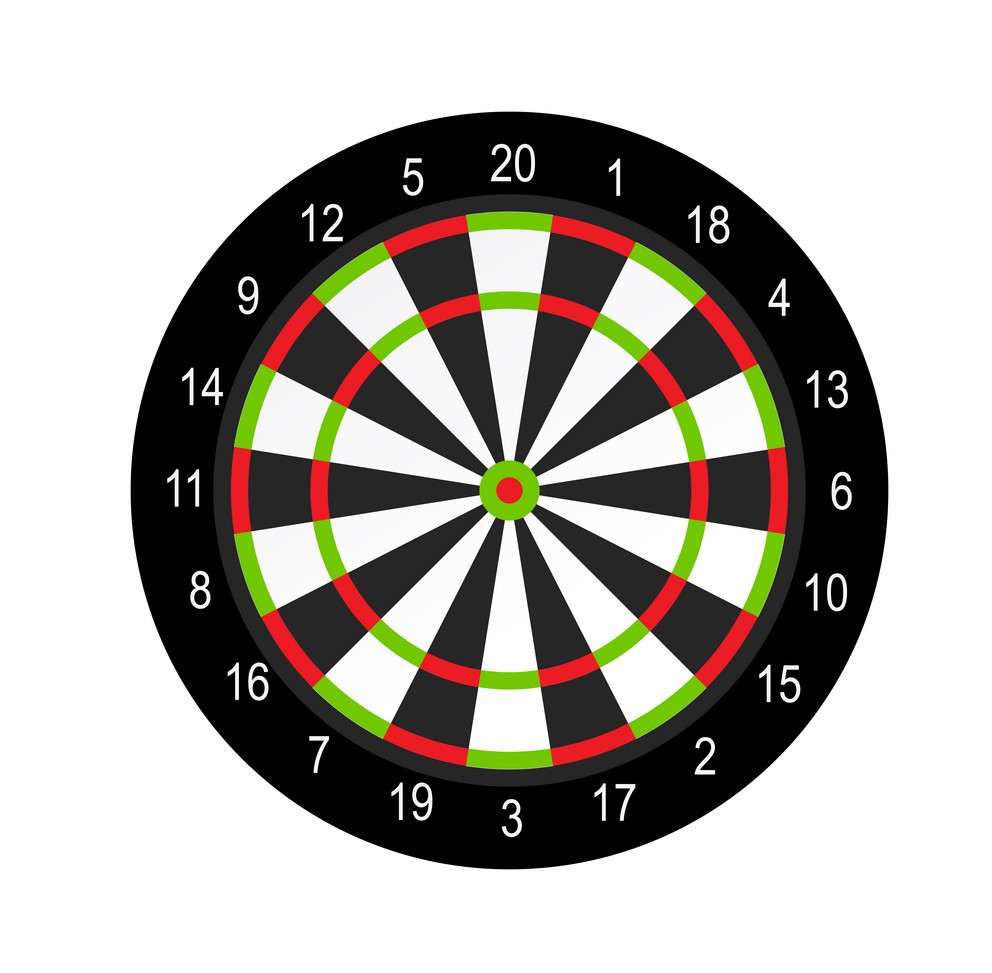
I’ve noticed a lot of clients and fitness professionals approach calorie burning in a similar way. Why bother tracking or even considering calorie burn if the calculation isn’t perfectly accurate? When I hear that, I think back to my dart playing struggles. Why even bother to aim? Why not just randomly throw darts at the wall and hope for the best? Truth be told, I’ve considered that approach, but realize that even an imperfect aim is still getting me closer to the ultimate target than a consistently random, unplanned barrage. Furthermore, estimating/aiming provides the knowledge needed to fine tune adjustments over time — specifically when the inevitable plateaus pop up.
Estimating your total daily energy expenditure (TDEE or total calories burned per day)
It’s hard to believe how many diet ‘prescriptions’ there are that don’t first take into account how many calories an individual is burning on a daily basis. Should I eat 1200 calories, 2000 calories, 2800 calories? Each one of these numbers could be appropriate or inappropriate depending on individual goals and individual total calorie burn. The focus of this post is looking at HOW to estimate total calorie burn (and adjusting that estimate for major lifestyle or exercise routine changes) as a tool for understanding your body’s energy needs.
For simplicity’s sake, our metabolism is made up of three ‘segments’
- Resting Metabolic Rate (RMR)
- NEAT (Non-exercise activity thermogenesis)
- Exercise
Here are the steps to accounting for each of these segments when determining your TDEE:
Step 1 — An estimated number for resting metabolic rate (RMR) is included in the large box at the bottom left of your Bod Pod printout. This is a predictive calculation based on your body composition rather than height/weight estimates.
Step 2 — Determine your lifestyle factor (1, 2, 3, or 4) and multiply your RMR accordingly to account for RMR + NEAT calories.
With exercise excluded, which of the following describes your lifestyle the best. Think about time spent at work, around the house, or whatever makes up the bulk of your daily schedule.
- Factor 1 (RMR x 1.15) – Majority of time spent seated
- Factor 2 (RMR x 1.25) – Mixed seated, standing, and walking
- Factor 3 (RMR x 1.35) – Majority of time spent walking/moving
- Factor 4 (RMR x 1.45) – Physically demanding labor
Step 3 — Use a FitBit, AppleWatch, heart rate monitor, or other activity tracker to estimate calories burned during exercise. If you don’t have a tracker, you can also estimate this through the metabolic equivalents method (https://healthstatus.com/calculate/cbc). Input your exercise for the week (don’t worry about inputting activities outside of exercise here, as your chores and work calories are already accounted for in step 2), and divide by 7 to determine exercise calories burned per day.
Step 4 — Add the numbers from Steps 2 and 3 together and you have successfully estimated your TDEE!
The Next Level
If you want to really dial things in or think you may have a faster or slower metabolic rate in comparison with the predicted formula then we have tools to help. Our Metabolic Profile (RMR and VO2 Max testing) uses indirect calorimetry to measure oxygen consumption and CO2 production both at rest and during exercise. The resulting printouts help you understand your individual TDEE as well as your metabolism at varying intensities of exercise. This can narrow the band of estimation to a very small variance.

